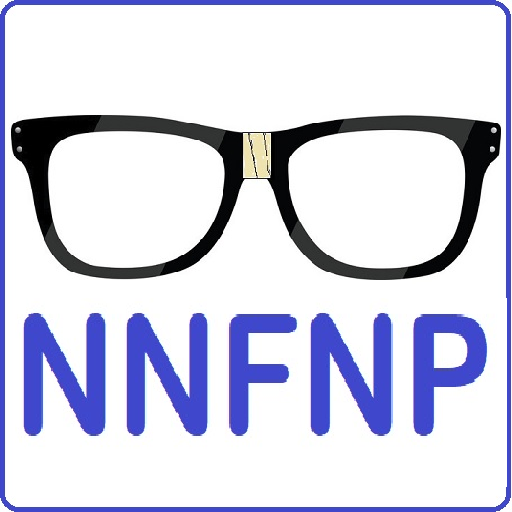A Simple Explanation of 3D Printing with Filament

Introduction: FDM 3D printing, also known as Fused Deposition Modeling, has revolutionized the way we create objects and prototypes. This innovative technology allows us to transform digital designs into tangible, three-dimensional objects through an easy-to-understand process.
What is FDM 3D Printing? FDM 3D printing is an additive manufacturing method that builds objects layer by layer using a heated nozzle and thermoplastic filament. The process starts with a 3D model created on a computer using specialized software or obtained from 3D modeling repositories. This digital model is then sliced into thousands of thin horizontal layers using slicing software, which prepares it for printing.
The Printing Process: Once the 3D model is sliced, it is sent to the FDM 3D printer. The printer has a spool of thermoplastic filament (usually made of PLA or ABS) that feeds into a heated nozzle. The nozzle heats up to a specific temperature, causing the filament to melt and become malleable.
Layer by Layer: The printer’s nozzle moves along the X, Y, and Z axes, precisely following the path of the first layer of the object. It deposits the melted filament onto the build platform in thin, continuous lines, effectively “drawing” the first layer. As the filament cools down, it solidifies and fuses with the previous layer. This process continues, layer by layer, until the entire object is formed.
Building the Object: During printing, the build platform gradually moves down or the nozzle moves up (depending on the printer design), allowing each new layer to stack on top of the previous one. The printer’s precise control ensures the layers adhere correctly and that the final object maintains the intended shape and dimensions.
Support Structures: For more complex designs with overhangs or unsupported sections, the printer may require support structures. These temporary structures help prevent sagging or collapsing during printing and can be easily removed once the printing is complete.
Post-Processing: Once the printing is finished, the object may need some post-processing, such as removing support structures, cleaning, and sanding rough edges or surfaces. Some may require additional steps like painting or assembly.
Conclusion: FDM 3D printing is an accessible and versatile technology that enables creators to bring their ideas to life. Its straightforward process of melting, layering, and solidifying thermoplastic filament makes it popular among hobbyists, educators, and professionals. With FDM 3D printers becoming increasingly affordable and user-friendly, the possibilities for innovation and creativity are limitless. Whether it’s rapid prototyping, custom manufacturing, or artistic creations, FDM 3D printing continues to shape the future of design and manufacturing.



